As if it weren’t enough, the city is full of refreshing places, you can admire the plants in the Botanical garden, relax in the Japanese one, or simply chill out by the river. Remember, there are loads of channels to choose from!
That’s right, that’s the fourth-largest city in Poland with a population of about 640,000. Wrocław, Breslau, Vratislav – you name it. Simply the wide variety of names by which this city was known tells a lot about the rich history of the region. Also the historical capital of Silesia, it was at various periods part of the Kingdom of Poland, of Bohemia, of Hungary, and then of the Habsburg Monarchy, the Kingdom of Prussia, German Empire, Weimar Republic, Nazi Germany … and Poland again.
On top of that, more than 130,000 students study at the local universities which are full of ancient knowledge, with the first university established more than 300 years ago. The astonishing buildings of the former German University of Breslau, now the University of Wroclaw, and especially the grand Baroque ceremonial hall called Aula Leopoldina, are very much worth seeing.
When sightseeing and strolling around on the medieval Market Square in the old town in July, you couldn’t get by without noticing hundreds of protesters who, like in other bigger Polish cities, expressed their disagreement with the new law that follows the removal of 22 Supreme court judges and makes it easier for the government to choose the next Supreme Court chief. You could see them holding candles, singing Poland Is Not Yet Lost and shouting and showing slogans with words such as: “Shame!” and “Free courts!”.
Passing by, it doesn’t take much time to run into a church. A Catholic and historical one, most probably, and during service also packed with worshippers, and thus supporting the statistics on religion in this sixth-most populous EU country. A hotel, dedicated to Pope John Paul II, adds a nice touch to the whole religious landscape. Nevertheless, other religious minorities are present, too: Greek Catholic, Lutheran and Eastern Orthodox churches reveal a hidden cultural diversity.
When exploring the city, you have to sooner or later visit a shop or to grab a bite somewhere. And that’s where you enter into a new reality of this largest city of western Poland. You run into Ukrainian restaurants and Ukrainians working as shop assistants. Of course, you can also find them among the abundant number of (prospective) students, studying at the local institutions. I admit, in this respect I can be biased and I might be overlooking other nationalities present in the city, but I could only see advertisement flyers inviting Ukrainians in their own language to work in their neighbouring country.
All in all, if you get somewhere near Wroclaw in the future, don’t forget to take some minutes of your time to explore the city. And let Wrocław’s dwarfs lead you!
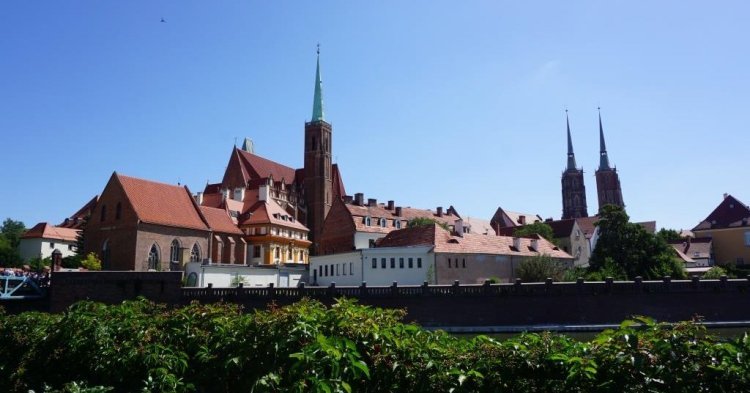
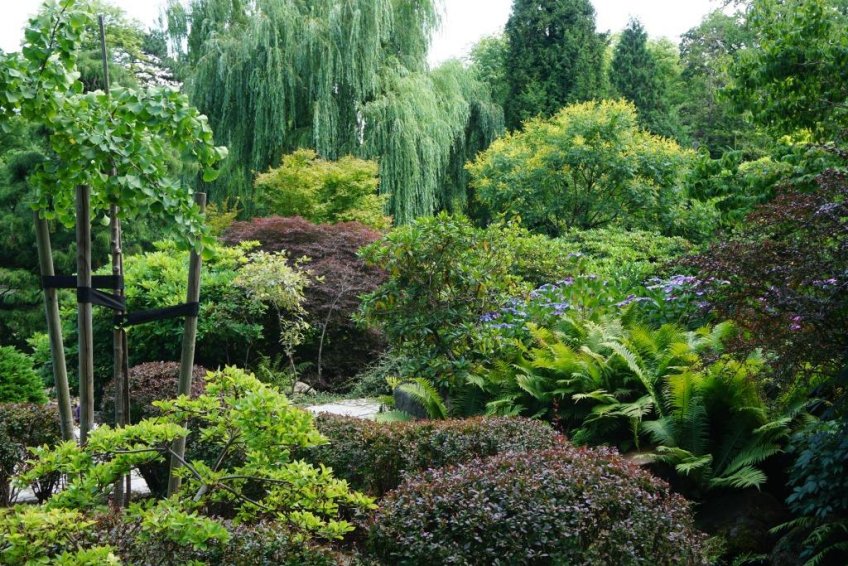
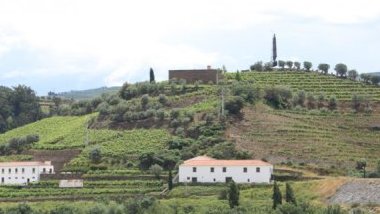
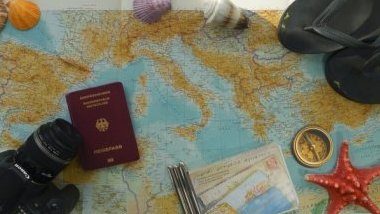
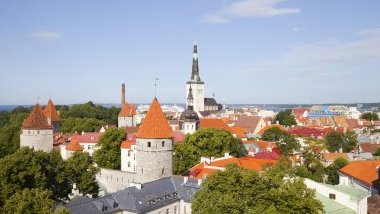
Follow the comments: |
|
